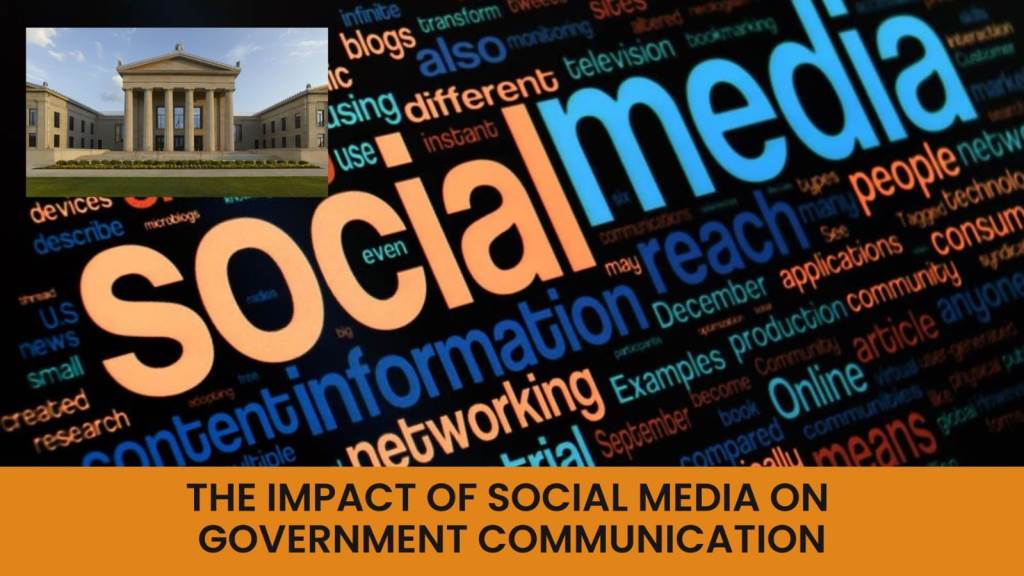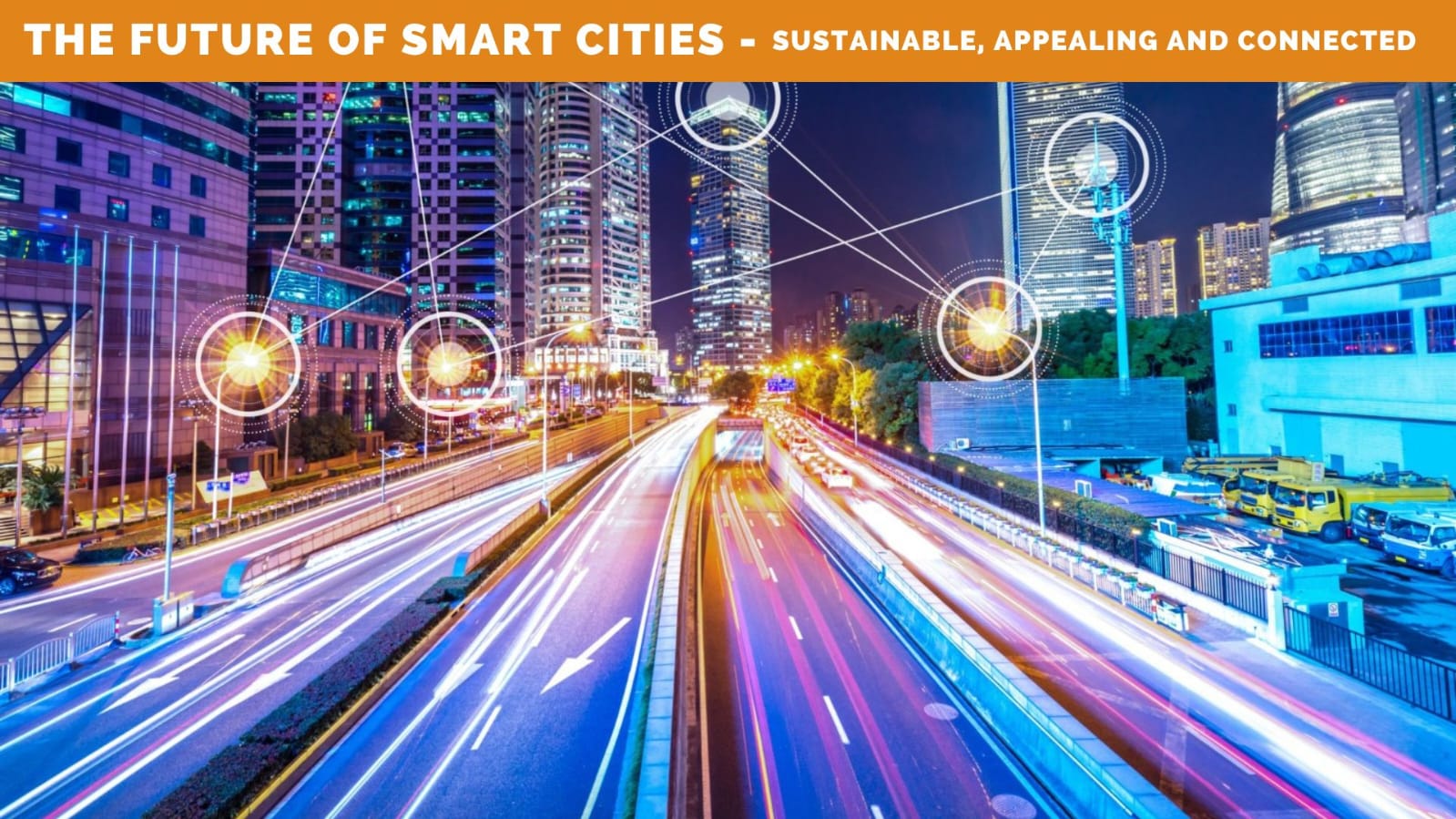The Impact of Social Media on Government Communication
Published on May 04, 2023
Governments around the world today are more than ever relying on social media as a communication channel, as more citizens use it regularly to connect with people and acquire information, news updates etc.
The role of social media in government communication changes constantly; at first, public entities were using it as a communication channel for public service announcements to relay safety information and news.
But presently, governments are using it to create engaging post, allow citizens to contact them quickly with questions concerning their country, engage in reasonable dialogue with the municipalities, and receive general feedback.
This means that government should go beyond traditional means of communication and implement the use of social media channels in engaging ways.
With social media, governments can now reach many citizens, like local leaders, with necessary information; this is a chance to listen to the leaders’ concerns and questions.
Social media engagement by the government enhances communication within communities which in turn increases transparency and trust.
From tweeting about government policy updates to hosting town hall meetings virtually, social media has transformed how governments communicate with their citizens. Other significant impacts of social media on government communication include:
Greater Accessibility: social media has made it easy for citizens to access all government resources and information; citizens can also contact government agencies and elected representatives without complex boundaries.
Wider Reach: governments can now use social media to reach a broader audience that is beyond their borders, paving the way for the exchange of ideas and global collaboration.
Cost-Effective: the use of social media is a cost-effective way for governments to engage or communicate with their citizens as there will be no need for traditional advertising methods, e.g., through broadcast media or printed paper.
Increased Engagement: social media helps facilitates effective engagement with the citizens of a country, allowing the government to gather ideas and feedback and provide a broad platform for open discussions.
How Governments are Using Social Media to Engage with Citizens, Promote Transparency and Facilitate Public Participation
Most times, the inability to find relevant content to keep citizens engaged is one reason why government pages are dormant. Some of the ways in how governments are using social media to engage with citizens are:
1) Weather Updates and Emergency Alerts: emergencies and weather conditions can occur unexpectedly, but with the use of social media governments can quickly communicate vital safety information to the areas that will be affected in a short duration.
2) Police Assistance and Prevention of Crime: police departments now post crime prevention tips, amber alerts and use social media channels to get vital information on wanted criminals.
For governments to use social media to its fullest, it should have appropriate set of rules, policies, and guidelines in place for the country’s steady growth.
How Governments are Using Social Media to Promote Transparency
Social media is a powerful tool governments use to become more transparent about their actions on specific cases and laws that they introduce to the public. The government addresses and answers pressing questions and concerns in real time.
This demonstrates the transparency of the government to the public and its commitment to openness. For example, the city of Chicago has an influential Twitter account where all residents can ask questions and receive the correct answers directly from the city officials.
How Governments are Using Social Media to Facilitate Public Participation
Many social media platforms come with interactive features like surveys, polls, and Q&A sessions that allow the government to gather feedback from the public.
With these built-in features, the government can understand the citizens’ priorities and concerns and develop policies and initiatives to address pressing issues. Other ways to facilitate public participation are:
1) Promote Initiatives and Campaigns: government uses social media to promote campaigns such as environmental awareness efforts or voter registration drives.
2) To Communicate with the Public about Programs and Services: this includes vital information on education, healthcare, and housing.
Conclusion
Since social media is now an integral part of government communication, it is still vulnerable to various risks and challenges from cyber-attacks and misinformation, amongst others. Government should invest in cybersecurity to safeguard vital data of the government.
Sources
About the Author
Mohammad J Sear is focused on bringing purpose to digital in government.
He has obtained his leadership training from the Harvard Kennedy School of Government, USA and holds an MBA from the University of Leicester, UK.
After a successful 12+ years career in the UK government during the premiership of three Prime Ministers Margaret Thatcher, John Major and Tony Blair, Mohammad moved to the private sector and has now for 20+ years been advising government organizations in the UK, Middle East, Australasia and South Asia on strategic challenges and digital transformation.
He is currently working for Ernst & Young (EY) and leading the Digital Government practice efforts across the Middle East and North Africa (MENA), and is also a Digital Government and Innovation lecturer at the Paris School of International Affairs, Sciences Po, France.
As a thought-leader some of the articles he has authored include: “Digital is great but exclusion isn’t – make data work for driving better digital inclusion” published in Harvard Business Review, “Holistic Digital Government” published in the MIT Technology Review, “Want To Make Citizens Happy – Put Experience First” published in Forbes Middle East.
More from Mohammad J Sear





